Discover essential tips on what to wear in Tanzania safari to stay comfortable and prepared. Lightweight, neutral-colored clothing, such as khaki or olive tones, helps you blend into the natural environment while keeping cool under the African sun.
Long-sleeve shirts and breathable pants offer protection from sun exposure and insects, while a wide-brimmed hat and polarized sunglasses provide added sun protection. Comfortable, sturdy shoes are ideal for walking safaris or uneven terrain, and a light jacket or fleece keeps you warm during chilly mornings and evenings. Packing smartly what to wear in Tanzania safari ensures you’ll be ready for Tanzania’s diverse landscapes and wildlife experiences.

Planning what to wear in Tanzania safari ensures a comfortable, safe, and enjoyable adventure in one of Africa’s most stunning destinations. With diverse landscapes—from the plains of Serengeti to the highlands of Ngorongoro Crater and the tropical islands of Zanzibar—Tanzania’s varied climate requires versatile packing.
Opt for light-colored, long-sleeve shirts made from moisture-wicking or breathable fabrics. These protect against the sun and insects while keeping you cool. Collared shirts can also help shield your neck from the sun.
For layering options, bring a few short-sleeved shirts to wear underneath or by themselves during warmer parts of the day.
Early morning game drives can be chilly, so bring a warm fleece or sweater. Look for something lightweight that can easily be packed away when it warms up.
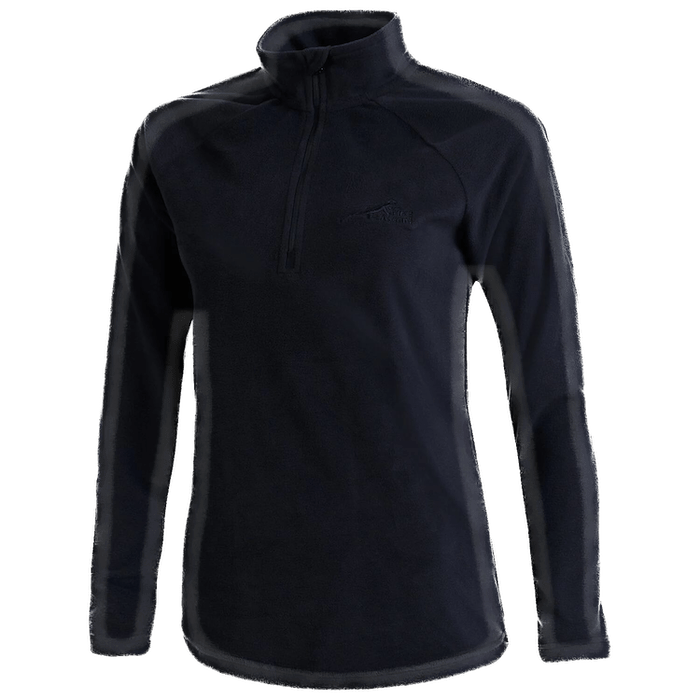
Convertible pants (that zip off to become shorts) are ideal for safari. Neutral-colored, lightweight pants protect you from sun and insects.
A pair or two of shorts is handy for the hottest parts of the day, especially if you’re lounging around your camp or lodge.
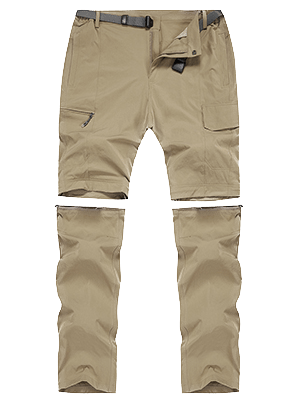
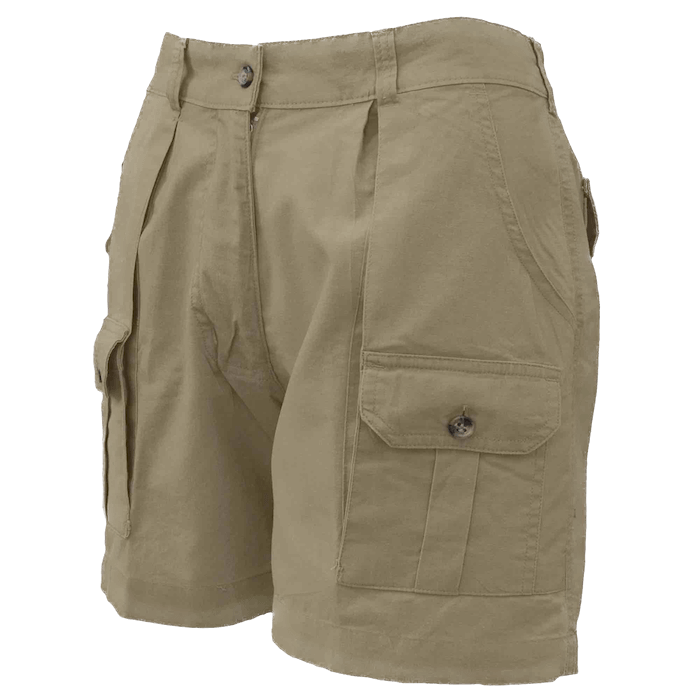
Even if you’re mainly on a vehicle safari, good footwear is essential for walking on uneven terrain. Waterproof, breathable hiking boots are ideal, or choose sturdy walking shoes that provide ankle support.
After a day of safari activities, comfortable sandals or slip-ons are great for relaxing back at the lodge or campsite.
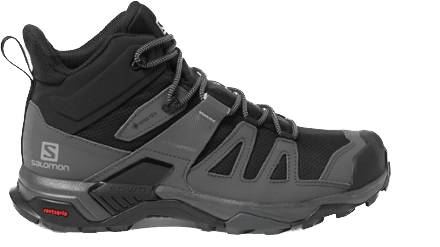
A waterproof jacket or windbreaker is useful, especially during the rainy season (March to May and November). Look for a packable, breathable jacket that doesn’t add bulk.
For morning or evening drives, especially in elevated areas like the Ngorongoro Crater, a puffer or insulated jacket may be needed.
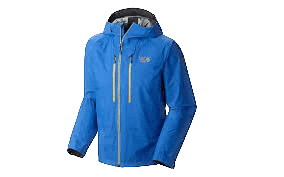
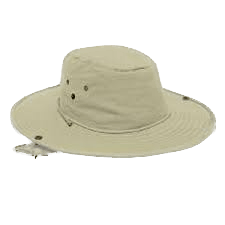
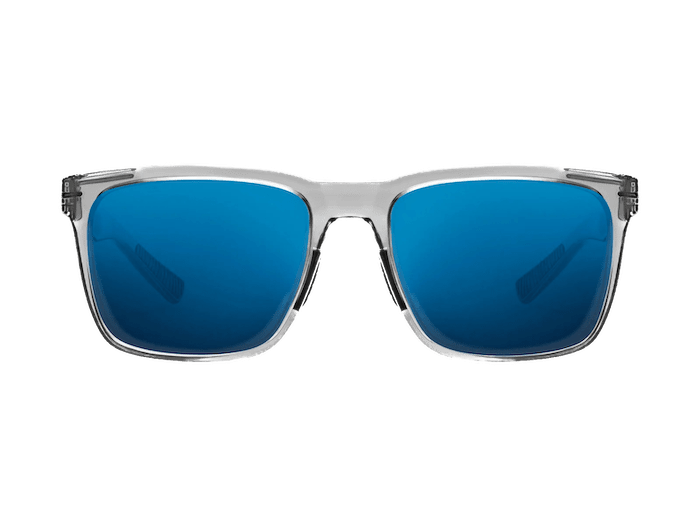

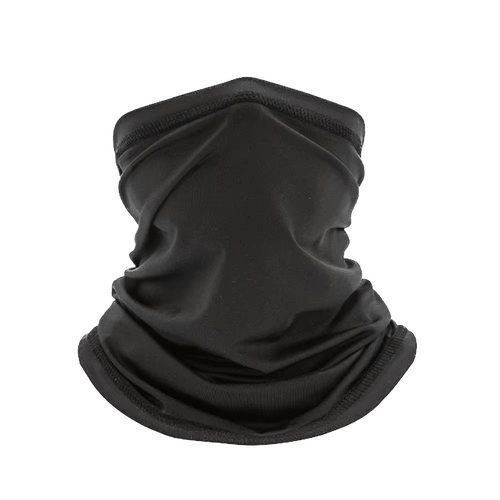

A small, lightweight daypack is handy for carrying your essentials: camera, water bottle, sunscreen, binoculars, and anything else you might need on a game drive.
Staying hydrated is key. Most safari lodges and camps will provide clean drinking water, so you can refill your bottle as needed.
Tanzania’s wildlife is stunning, and you’ll want to capture it. Pack extra batteries, memory cards, and a good zoom lens if possible.
Camps and lodges may have limited electricity, so a headlamp or flashlight will come in handy for navigating at night.
If you’re visiting in cooler months (June through August) or at higher altitudes, gloves and a warm hat can add comfort during early morning drives.
Bright colors can startle animals, while darker blues and blacks can attract tsetse flies.
Tanzania’s climate can vary greatly between day and night. Layers make it easy to adjust as temperatures change.
Many safari lodges and camps have laundry services, so you don’t need to overpack. This is especially helpful if you’re taking small internal flights with luggage weight restrictions.
Arusha - Tanzania
info@tanzaniatravelagent.com